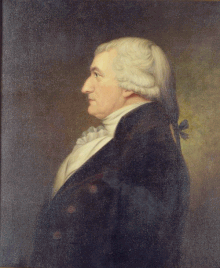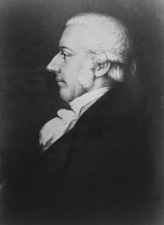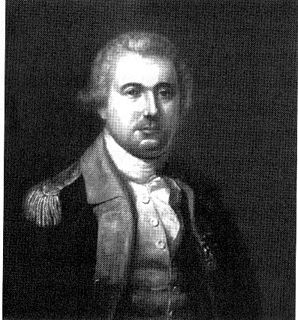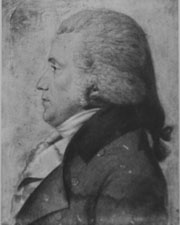This article needs additional citations for verification .(March 2013) (Learn how and when to remove this template message) |
| Henry Latimer | |
|---|---|
 | |
| United States Senator from Delaware | |
| In office February 7, 1795 –February 28, 1801 | |
| Preceded by | George Read [1] |
| Succeeded by | Samuel White |
| Member of the U.S.HouseofRepresentatives from Delaware's At-large district | |
| In office February 14, 1794 –February 7, 1795 | |
| Preceded by | John Patten |
| Succeeded by | John Patten |
| Member of the Delaware General Assembly | |
| In office October 20, 1787 - October 20, 1791 | |
| Continental Congressman from Delaware | |
| In office April 8, 1784 –June 3, 1784 | |
| Personal details | |
| Born | April 24, 1752 Newport, Delaware |
| Died | December 19, 1819 (aged 67) Philadelphia, Pennsylvania |
| Political party | Federalist |
| Spouse(s) | Ann Richardson |
| Residence | Newport, Delaware |
| Alma mater | College of Philadelphia University of Edinburgh Medical School |
| Profession | physician |
Dr. Henry Latimer (April 24, 1752 – December 19, 1819) was an American physician and politician from Newport, in New Castle County, Delaware. He was elected to the Continental Congress from Delaware, and was a member of the Federalist Party, who served in the Delaware General Assembly, as U.S. Representative from Delaware, and U.S. Senator from Delaware.

The United States of America (USA), commonly known as the United States or America, is a country composed of 50 states, a federal district, five major self-governing territories, and various possessions. At 3.8 million square miles, the United States is the world's third or fourth largest country by total area and is slightly smaller than the entire continent of Europe's 3.9 million square miles. With a population of over 327 million people, the U.S. is the third most populous country. The capital is Washington, D.C., and the largest city by population is New York City. Forty-eight states and the capital's federal district are contiguous in North America between Canada and Mexico. The State of Alaska is in the northwest corner of North America, bordered by Canada to the east and across the Bering Strait from Russia to the west. The State of Hawaii is an archipelago in the mid-Pacific Ocean. The U.S. territories are scattered about the Pacific Ocean and the Caribbean Sea, stretching across nine official time zones. The extremely diverse geography, climate, and wildlife of the United States make it one of the world's 17 megadiverse countries.

The Federalist Party, referred to as the Pro-Administration party until the 3rd United States Congress as opposed to their opponents in the Anti-Administration party, was the first American political party. It existed from the early 1790s to the 1820s, with their last presidential candidate being fielded in 1816. They appealed to business and to conservatives who favored banks, national over state government, manufacturing, and preferred Britain and opposed the French Revolution.

The Delaware General Assembly is the legislature of the U.S. state of Delaware. It is a bicameral legislature composed of the Delaware Senate with 21 senators and the Delaware House of Representatives with 41 representatives. It meets at Legislative Hall in Dover, Delaware, convening on the second Tuesday of January of odd-numbered years, with a second session of the same Assembly convening likewise in even-numbered years. Normally the sessions are required to adjourn by the last day of June of the same calendar year. However the Governor can call a special session of the legislature at any time.



















